As written in the previous post, Japan kept national isolation policy for more than 250 years. It refrained from developing the democracy and helped to keep feudal system with strict social classes. On the other hand, the long period without large wars helped make the society stable and increase the national population from approximately 12million to 30million during that period.
During Edo period, Japan developed many unique crafts and culture which are now regarded as “traditional”. Art pieces such as ukiyoe (woodblock prints), chrysanthemum doll, variety of potteries and art performances such as kabuki (a traditional stage drama performed exclusively by men with songs and music), bunraku (a classical puppet play performed with narrative ballads) and Read More

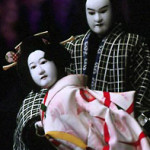
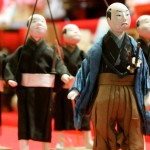
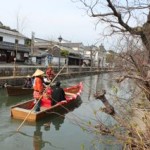

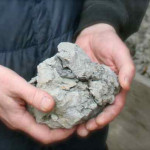
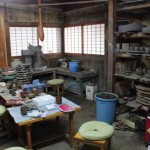
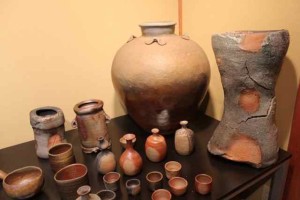
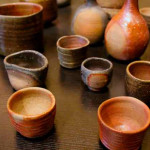
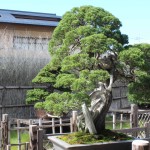
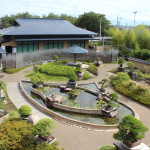 Read More
Read More